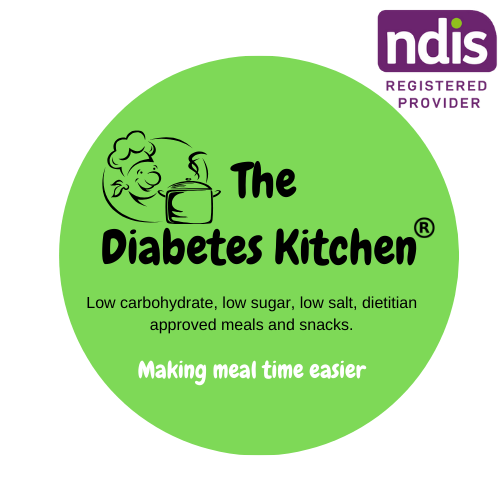"Low GI" stands for "Low Glycemic Index." The Glycemic Index (GI) is a numerical scale used to measure how quickly and significantly a carbohydrate-containing food raises blood sugar levels after consumption. Foods with a low GI are those that cause a gradual and modest increase in blood sugar levels.
The Glycemic Index scale ranges from 0 to 100:
-
Low GI (0-55): Foods with a low GI are digested and absorbed more slowly, resulting in a slower and more gradual rise in blood sugar levels. These foods are typically associated with better blood sugar control and sustained energy levels.
-
Medium GI (56-69): Foods with a medium GI have a moderate impact on blood sugar levels. They are digested and absorbed at a moderate rate.
-
High GI (70 and above): Foods with a high GI are rapidly digested and cause a rapid and significant increase in blood sugar levels. Consuming foods with a high GI can lead to a quicker rise and fall in blood sugar, potentially causing spikes and crashes in energy levels.
The concept of the Glycemic Index is particularly important for individuals with diabetes, as it can help them make informed food choices to manage their blood sugar levels effectively. Foods with a low GI are often recommended for people with diabetes because they help prevent rapid and extreme fluctuations in blood sugar.
Examples of Low GI Foods:
- Whole grains (e.g., oats, barley, quinoa)
- Legumes (e.g., lentils, chickpeas, beans)
- Non-starchy vegetables (e.g., broccoli, spinach, peppers)
- Nuts and seeds
- Most fruits (though some have medium to high GI due to their natural sugar content)
Moderation and balanced eating are still essential even when considering the Glycemic Index. It's important to note that individual responses to different foods can vary, and factors such as portion size, food combinations, and cooking methods can influence the overall impact on blood sugar.
When planning meals, individuals with diabetes can benefit from choosing a variety of nutrient-rich foods, including those with a low or moderate GI, to help manage blood sugar levels effectively and support overall health.





